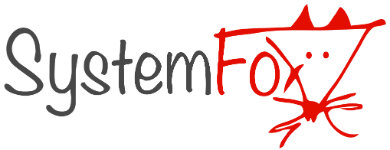XML (Extensible Markup Language) is a markup language that defines a set of rules for encoding documents in a format that is both human-readable and machine-readable. XML is widely used for storing and exchanging structured data over the internet, particularly in web services, data interchange, and configuration files.
Key features of XML include:
- Hierarchical Structure: XML documents are organized hierarchically with nested elements, allowing for the representation of complex data structures.
- Tags: XML documents use tags to define the structure and content of data. Tags are enclosed in angle brackets (<>) and come in pairs (start tag and end tag) to delineate elements.
- Attributes: XML elements can contain attributes, which provide additional information about the element’s content.
- Self-Descriptive: XML documents are self-descriptive, meaning that the structure and content of the data are explicitly defined within the document itself.
- Platform-Independent: XML is platform-independent and can be used across different operating systems and programming languages.
XML documents can be validated against XML schemas or Document Type Definitions (DTDs) to ensure compliance with predefined rules and constraints. This validation helps maintain data integrity and interoperability between systems exchanging XML data.
